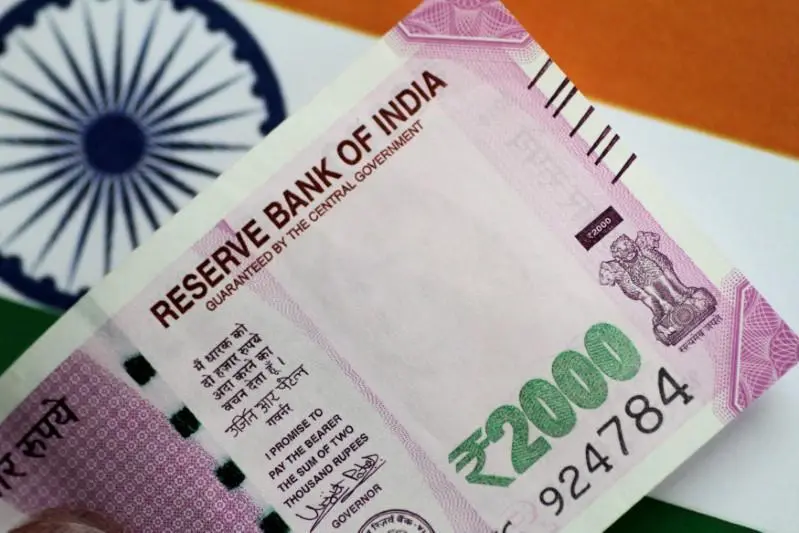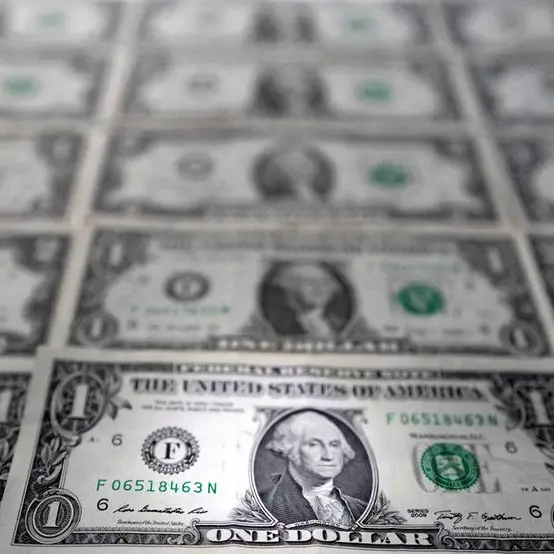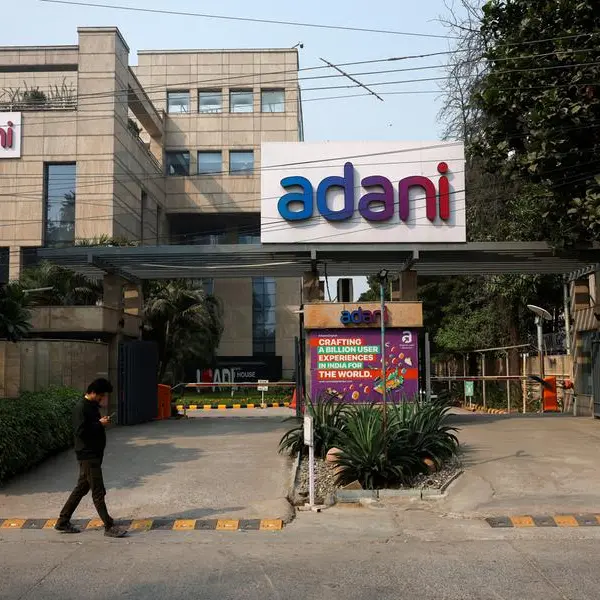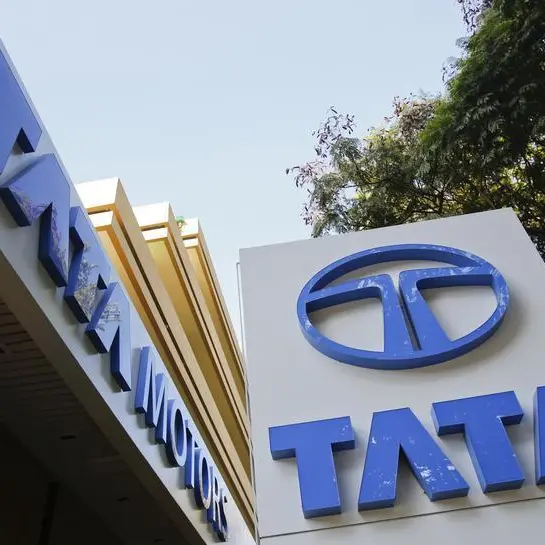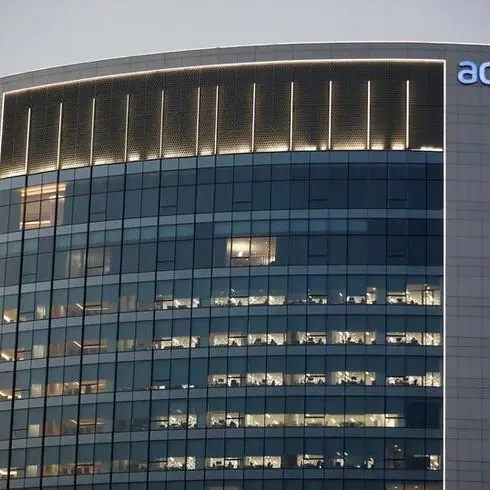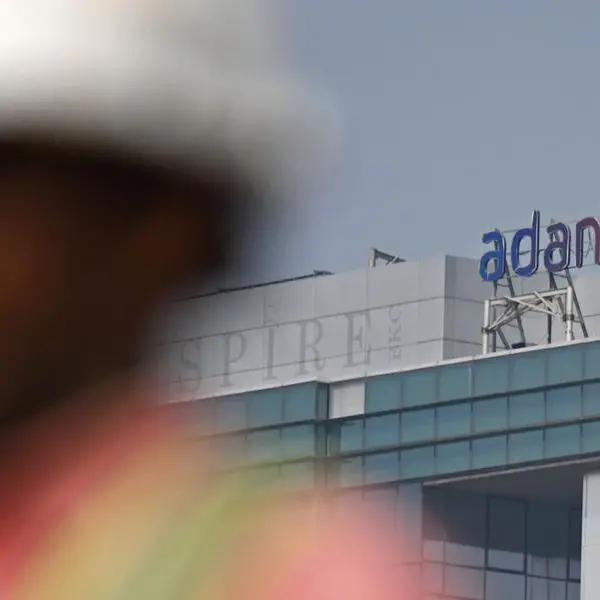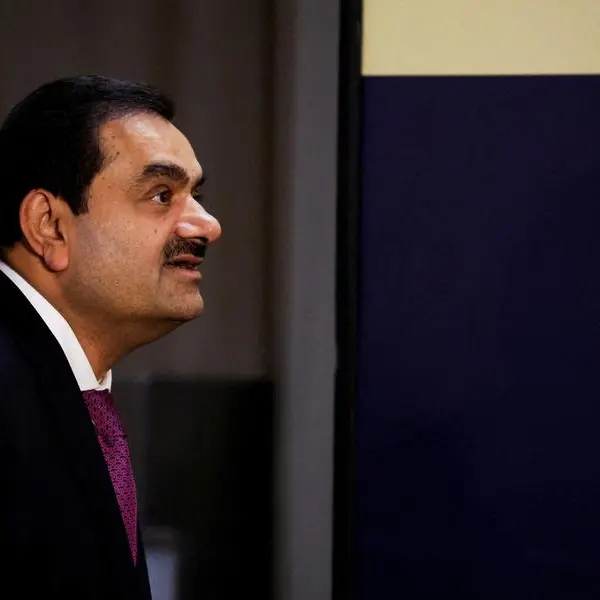PHOTO
With premiums on the Indian rupee inching to decade-lows, exporters are looking to manage their foreign currency receivables through alternatives ranging from exotic derivatives to simply delaying their hedge.
The shrinking U.S.-India interest rate differentials have sent the rupee/dollar forward premiums plunging. Last week, the 1-year forward implied yield dropped to 1.70%, not too far from the 1.61% in December 2022, the lowest in more than a decade.
Moreover, the premiums are expected to remain low since the Federal Reserve has as good as promised further rate hikes to tackle inflation, while the Reserve Bank of India is likely on a prolonged pause.
This fall in forward premiums, or the low carry, means exporters get a relatively unfavourable USD/INR rate when they hedge their dollar receivables.
"The unprecedented low-carry environment prevailing in USD/INR at this point has compelled people to look for innovative ways to augment carry," said Abhishek Goenka, CEO of IFA Global, a risk management firm that advises companies that have a combined exposure of over $20 billion.
"A lot of our exporter clients have reached out to us with queries on TARFs."
A TARF, or target accrual range forward, is an options structure that allows exporters to sell dollars at a far better than forward rate.
For example, an exporter can execute a structure to sell $0.25 million each month for the next four years at 88 rupees.
The caveat, however, is that the exporter's 'profit' is capped at an amount decided at the time of entering the option. On hitting that limit, the option ceases to exist and the exporter is unhedged.
Further, using the example above, if the rupee depreciates below 88, the exporter is still obligated to sell at 88.
There are other less-complicated options for exporters to hedge, especially with the rupee's implied volatility at multi-year lows, analysts said.
For example, any option structure that is net long on volatility will help exporters take advantage of the low implied volatility.
"With forward premiums having come down substantially in the last year or so, option strategies appear to have come into their own for hedging exports," said Jamal Mecklai, founder and CEO of risk management firm Mecklai Financial.
Moreover, the low premiums mean a smaller opportunity cost if exporters delay hedging in the forward market.
"Large exporters can use options to hedge," said Jayesh Mehta, managing director and India country treasurer at Bank of America.
"But when premiums are too low, one might as well wait and sell on the day they have flows."
(Reporting by Nimesh Vora; Editing by Savio D'Souza)
